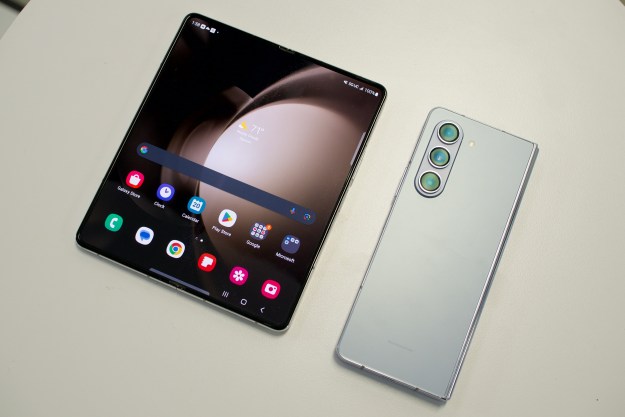 Samsung’s reign at the top of the smartphone-tablet hybrid market could end this year, as many major manufacturers are expected to release their own big-screen devices to challenge the Galaxy Note 2’s supremacy. Once such company is Lenovo, which will be bringing the exciting Ideaphone K900 to select markets very soon.
Samsung’s reign at the top of the smartphone-tablet hybrid market could end this year, as many major manufacturers are expected to release their own big-screen devices to challenge the Galaxy Note 2’s supremacy. Once such company is Lenovo, which will be bringing the exciting Ideaphone K900 to select markets very soon.
Like the Galaxy Note 2, the K900 has a big 5.5-inch touchscreen, however instead of a 720p resolution, Lenovo claims it’s the first in the world to bestow such a display with 1920×1080 pixels; providing a 1080p resolution and a pixel density of more than 400ppi. A version of Google Android is installed, which we expect to be 4.1 Jelly Bean, however Lenovo has yet to confirm this.
You may be expecting a Qualcomm chip to be running the show, but you’d be wrong, as the K900 is Intel powered. It uses the dual-core Atom Z2580 processor, the latest to come from Intel’s Medfield family of chips, which has a clock speed of 2GHz, Intel’s Hyper-Threading technology and has been built using a 32nm process.
K900 release schedule may disappoint
The camera is suitably exciting too, as the 13-megapixel shooter has an f1.8 aperture, the widest seen on a smartphone so far, plus the lens uses Sony’s Exmor R backside illuminated sensor. The primary camera is joined by a 2-megapixel forward facing video call lens with a very wide 88-degree viewing angle too.
All this is wrapped up inside a 6.9mm thick chassis – yep, just 6.9mm, slimmer than the iPhone 5 and a whisker off the record-holding 6.65mm thick Oppo Finder – which has a unibody construction made from stainless steel and polycarbonate. As tough as this combination will no doubt be, it does make the K900 quite heavy, as it weighs in at 162 grams. However, it’s still lighter than the 183 gram Galaxy Note 2.
If you’re all excited about getting your hands on Lenovo’s impressive K900, we’ve got some bad news, as its release isn’t going to be as wide as many will hope. Currently, it’s scheduled to appear in China, Vietnam, Indonesia, India, Russia, and the Philippines. Lenovo has never given its smartphones a wide release in the U.S., Canada or Europe, something which fits in with Intel’s mobile chip strategy, as it’s also concentrating on these important high-growth markets. It’s a shame though, as not only is the K900 a real tech powerhouse, but it could finally persuade many to buy an Intel powered smartphone too.
There’s always a chance Lenovo will add some more countries to the K900’s release schedule in the future though.



